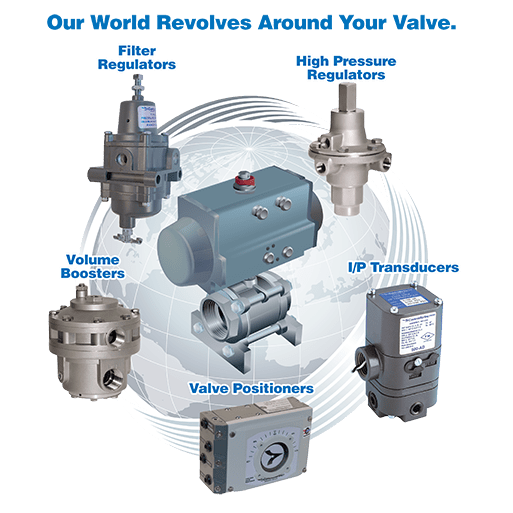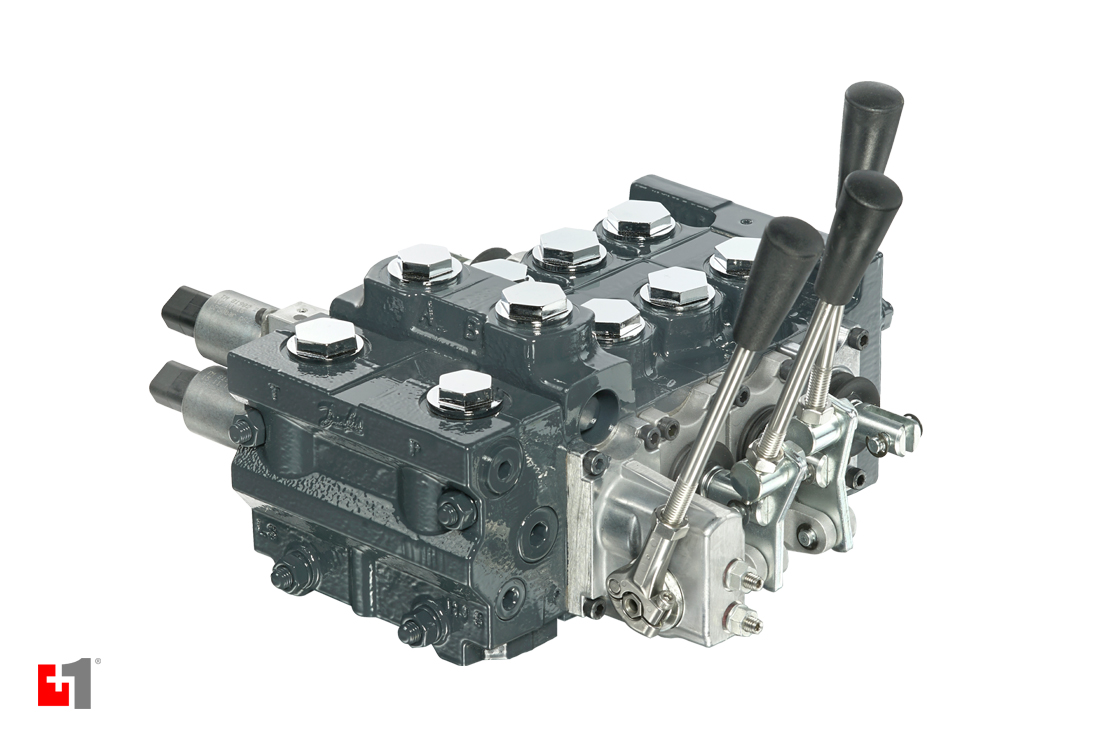
Maximize Power Savings and Comfort With Advanced Structure Automation Controls
In the realm of contemporary design and facility administration, the combination of innovative structure automation manages stands as a pivotal development. By utilizing the power of automation, buildings can adapt, respond, and progress in methods that were once unimaginable.
Energy Performance Perks
Energy performance benefits can significantly decrease power consumption and functional costs in buildings. By executing energy-efficient practices and modern technologies, structure owners and drivers can accomplish significant financial savings while also adding to ecological sustainability. One of the main benefits of enhancing power effectiveness in structures is the reduction of energy costs. Energy-efficient systems, such as innovative building automation controls, can maximize using sources like air conditioning, illumination, and heating, bring about reduced energy costs gradually.
Moreover, enhanced power effectiveness can prolong the lifespan of building devices and systems. By operating more successfully, HVAC systems, lighting fixture, and various other structure parts experience much less deterioration, causing reduced upkeep and substitute prices. In addition, energy-efficient structures often command higher home values and rental prices, giving long-lasting monetary advantages to proprietors.
Additionally, energy performance can improve owner comfort and performance. Correctly managed interior atmospheres with optimum lighting and thermal conditions produce a more conducive and pleasurable work space, causing enhanced employee satisfaction and efficiency. In general, the energy performance benefits connected with sophisticated structure automation controls are diverse, encompassing expense savings, ecological stewardship, and owner health.
Improved Convenience Control
Enhancing comfort control in structure environments requires an advanced integration of sophisticated automation systems for optimum owner wellness. By using sophisticated structure automation controls, facilities can customize the interior environment to meet the certain requirements and choices of residents. control valves.
By integrating these innovative controls, structures can not only improve comfort but additionally improve energy efficiency by optimizing system operations based on real tenancy and use patterns. Eventually, prioritizing owner comfort with advanced automation systems leads to a much more enjoyable and healthier indoor atmosphere.
Operational Efficiency Improvements

Additionally, the application of real-time surveillance and analytics tools enables building drivers to identify power inefficiencies and functional anomalies promptly. By continuously keeping track of power usage patterns and system performance metrics, adjustments can be made in real-time to maximize energy consumption and guarantee peak functional efficiency. control valves. click Furthermore, integrating need action methods into structure automation controls can better improve functional efficiency by dynamically adjusting energy usage based upon grid problems and prices signals
Indoor Climate Optimization
Effective interior environment optimization is a basic element of structure automation controls, making sure occupants' comfort and well-being while making best use of energy financial savings. By using innovative sensors and controls, constructing automation systems can continuously readjust and keep track of temperature level, moisture degrees, air top quality, and air flow to create an optimum indoor environment. Maintaining comfortable and regular problems not only improves resident complete satisfaction yet additionally enhances efficiency and general wellness.
Interior climate optimization also plays a crucial function in power performance. By fine-tuning home heating, ventilation, and cooling systems based upon real-time information and occupancy patterns, building automation controls can dramatically minimize power usage - control valves. For example, implementing techniques such as demand-controlled air flow and thermal zoning can aid decrease power waste while making sure that each area of the building obtains the essential conditioning.

Sustainable Atmosphere Development
Structure automation regulates not only maximize indoor environment conditions for power efficiency and owner comfort however likewise lay the structure for creating a sustainable atmosphere via tactical monitoring of systems and sources. By incorporating innovative building automation modern technologies, have a peek at these guys such as sensing units, actuators, and smart software program, facilities can readjust and monitor power use in real-time to decrease waste and decrease their carbon impact. These systems enable anticipating upkeep, recognizing potential concerns before they rise and maximizing tools efficiency to boost durability and effectiveness.
Furthermore, lasting setting creation prolongs past energy management to include water conservation, waste reduction, and interior air top quality improvement. Building automation controls can control water usage, find leaks, and guarantee appropriate garbage disposal practices, adding to overall sustainability efforts. In addition, by monitoring and controlling air flow and purification systems, these modern technologies improve passenger health and wellness and productivity while reducing power usage related to HVAC operations.
Final Thought
To conclude, progressed building automation regulates offer substantial benefits in regards to energy cost savings, comfort control, functional effectiveness, indoor climate optimization, and producing a sustainable atmosphere. By executing these controls, structures can achieve ideal performance while minimizing power consumption and enhancing occupant comfort. It appears that the use of sophisticated automation technology is critical in boosting building performance and producing a much more sustainable future.
Energy effectiveness advantages can substantially reduce power usage and functional expenses in structures. In general, the energy effectiveness benefits connected with sophisticated structure automation controls are diverse, encompassing expense financial savings, environmental stewardship, and owner health.
Additionally, incorporating demand action techniques right into structure automation controls can further boost operational efficiency by dynamically readjusting power usage based on grid conditions and prices signals.
Building automation regulates not just maximize indoor environment conditions for energy effectiveness and passenger convenience however likewise lay the foundation for producing a sustainable environment through critical management of systems and sources.In verdict, progressed building automation manages deal substantial advantages in terms of energy financial savings, comfort control, functional efficiency, indoor climate optimization, and creating a sustainable atmosphere.